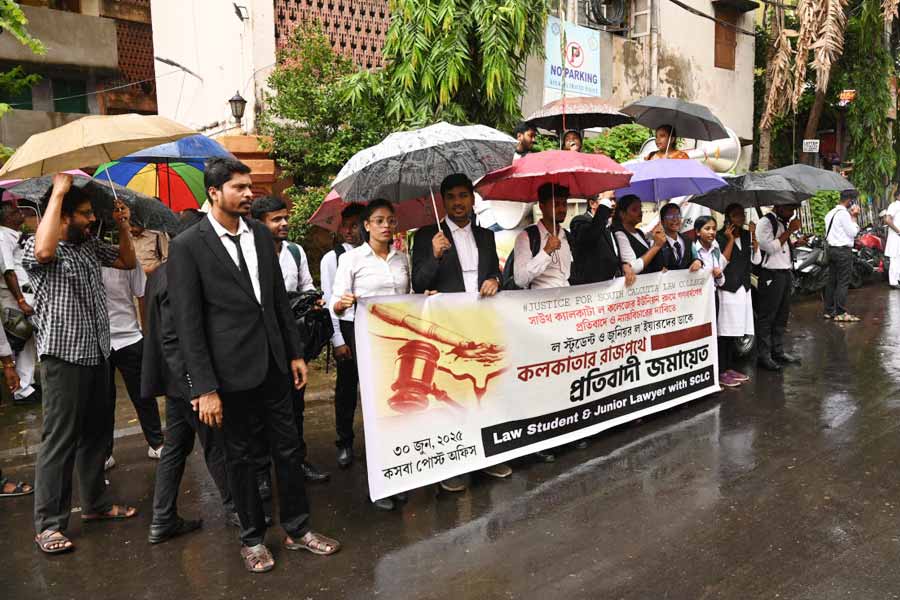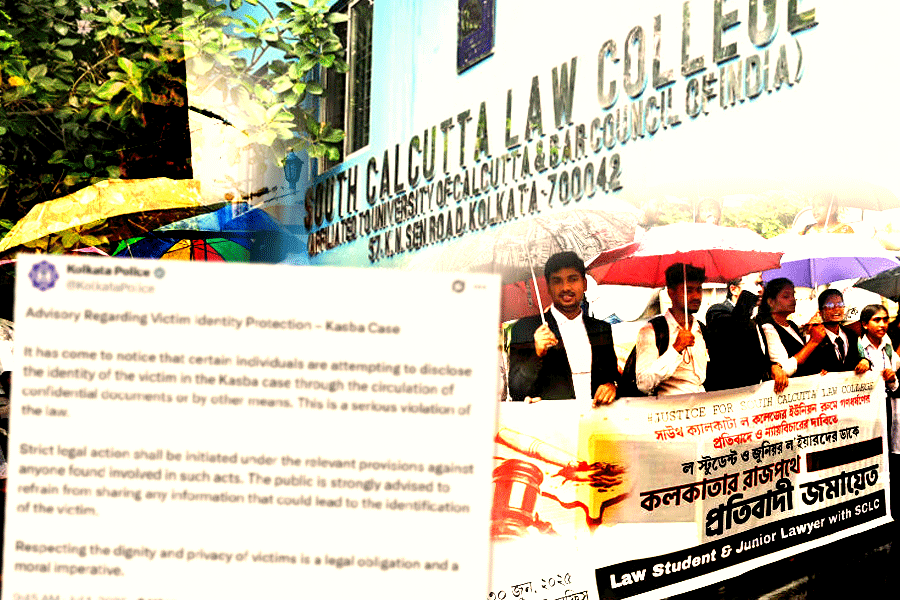|
|
| Nothing sexy about them |
There are somethings about the elephant I never understood. Why for instance our forefathers found their backsides sexually arousing. The rear of a woman walking away has been compared to that of a receding pachyderm and eulogized by Sanskrit poets as beautiful to behold. A few times I have followed an elephant in my car and gazed at its massive posterior and wondered why I failed to see my ancestors’ point of view. The beasts I followed periodically dropped cannonballs of dung which further reduced my respect for them.
Elephants have a strong sense of smell, specially for liquor. On my visit to the Kaziranga wildlife sanctuary, I was told by many tea-planters that it is dangerous to brew liquor of any kind in the open. The slightest whiff of air carries the message to elephants over a mile or more away. They are drawn by it because they love liquor. They drink all they can find and reward the brewers by destroying their huts and trampling them to death. Such gross ingratitude is unknown among other animals.
Another aspect of the elephant-human relationship continues to intrigue me: though tamed elephants can be seen in all parts of India and are worshipped in their human incarnations, such as Ganapati in Maharashtra, it is only in the southernmost states — Karnataka, Kerala and Tamil Nadu — they are employed by temples to take out deities on auspicious days and form an integral part of religious rituals. Can anyone explain the difference in regional attitudes?
Indians learnt the use of elephants as long ago as 2000 BC. They were used to move trunks of huge trees weighing upto four tonnes. Then they were recruited into our armies. In 326 BC, King Porus had a phalanx of 200 elephants to confront regiments of Alexander of Macedonia. And lost. Likewise in 1526, Ibrahim Lodi had hundreds of elephants lined up to face a much smaller army of Babur. And lost. More often than not, elephants had no stomach for battle, turned tail and trampled over soldiers they were meant to lead.
My animosity towards elephants has acquired personal dimensions. Last month my elder brother’s grandson married a Nair girl. A Sikh wedding took place in Delhi to be followed by a Nair wedding in the bride’s mother’s village on the Kerala-Tamil Nadu border. The bridegroom’s party, which included my daughter and granddaughter, flew down to Cochin and then by coach to the temple where Hindu ceremonies were to take place. With them was Boris Johnson, Tory MP in the House of Commons, a distant relation by marriage, his wife and four children. In the milling crowd was the temple elephant named Gopalan. There are different versions of what upset the beast. One is that it did not like white people; when one of them wanted to take a close shot of it in her camera, it made its displeasure known by grabbing her in its trunk and hurling her on the ground. Another is that it had never seen so many turbanned sardars and expressed its disapproval by giving my nephew (the bridegroom’s father) a resounding kick which sent him sprawling with many ligaments torn. Altogether eight members of the party were hospitalized. Fortunately, my daughter and granddaughter ran for their lives and escaped unharmed. This elephant is known to have killed two mahouts earlier. I give full credit to the bride’s father, Krishna Kumar, ex-minister in Rajiv Gandhi and P.V. Narasimha Rao’s governments who saw the whole episode as auspicious. “If you can survive an attack by an elephant, you can survive every calamity,” he is reported to have said.
The Indian elephant, Eliphes maximus, though somewhat smaller in size than its African cousins, can be as vicious. In its usual span of life of 60 years, it comes of masth (sexual madness) at least once a year between the ages of 21 and 50. When old, it is thrown out of the herd by young bulls; it becomes a loner and often bent on destruction. It eats a quarter of a tonne of solids (leaves, branches — anything) and drinks 50 gallons (190 litres) of water everyday. It is the biggest destroyer of forests and gives nothing in return except cannon-balls of dung. In fact, it is the most useless animal on earth.
I had not thought of bringing up this subject — because my nephew is still in plaster and has to use crutches to move about — till I saw Boris Johnson’s article on the subject in Spectator reproduced by Asian Age. But I do think it is time we stopped trapping elephants to march in processions, take visitors for rides and temple deities for airing. They should be left to forage in their habitats and prevented from encroaching on human habitations.
A genius with numbers
Another great Indian gone, unhonoured, unsung and unnoticed by the media. This, unfortunately, is the fate of people who, for reasons of age or illness, cease to be in public eyes. When they go, few people get to know about their life. This fate befell my friend, Jagjit Singh, who died last September at the age of 91. Even I, who had known him for over 70 years, did not hear about it till a few days ago.
Jagjit was a couple of years senior to me in Government College, Lahore. Everyone knew him for one achievement: in every exam, he scored full marks in mathematics and allied subjects. He sat for the ICS, again scored full marks in the maths papers (arithmetic, algebra, geometry), but still could not make it. His priority was to teach mathematics, but his own college turned him down. He then joined the Indian Railway Service.
His uncanny mastery over mathematics helped solve many problems Indian Railways was facing. In 1960, he was appointed director of the Railway Board. He retired in 1969 as the general manager of the North-East Frontier Railways. For the next three years, he was the managing director, Indian Drug and Pharmaceuticals, adviser to the Asian Development Bank and adviser to Tata Chemicals.
It was not as a civil servant but as an author that Jagjit Singh made his mark. When he wrote his first book, Mathematical Ideas, he asked me to read the manuscript with a note saying: “I am using you as guinea pig. If you can understand what I have written, everyone will be able to understand it.” It was published in London, the first of its kind written on the subject by an Indian. It was a followed by Modern Cosmology, Great Ideas in Information Theory, Language and Cybernetics. And many others.
In 1963, Jagjit won the Unesco’s Kalinga prize for the popularization of science, the first Asian to do so. (Earlier awardees included Julian Huxley, Bertrand Russell, Konrad Lorenz and Margaret Mead). He was elected fellow of the Royal Statistical Society and awarded an honorary doctorate in Science by Roorkee University. When the Pakistani scientist, Abdus Salam, won the Nobel Prize for physics in 1978, he chose Jagjit to write his biography.
What impressed me most about Jagjit Singh was his candour and humility. When he stopped coming to my house for coffee, I did not realize he was in poor health. When he died no one bothered to tell me he was gone.











